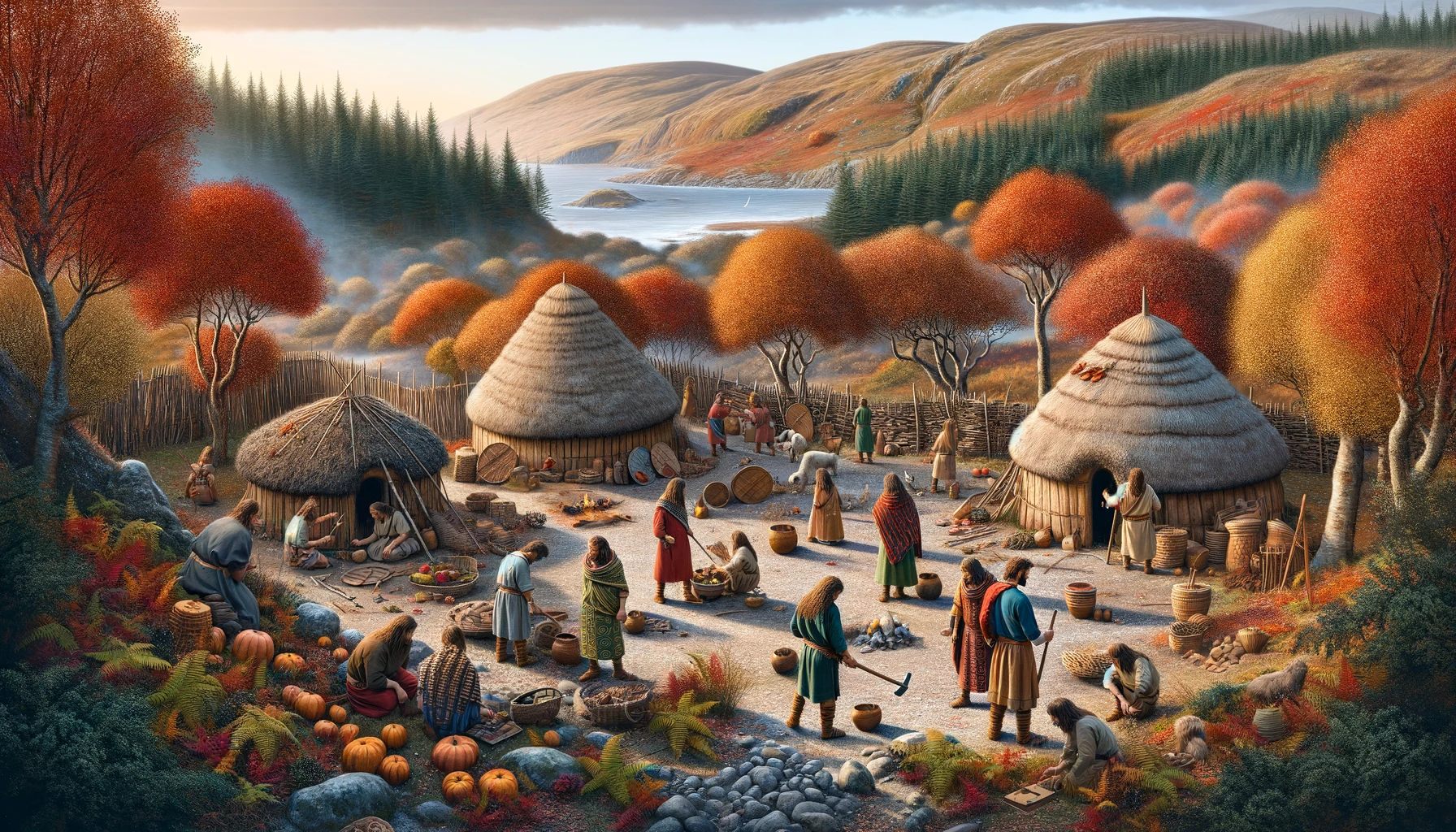The Epidii (or Epidi) were an iron-age tribe who occupied the island of Islay in modern Argyll.
The Realm of the Epidii according to Ptolemy
“Next to the Damnoni, but more toward the east near the Epidium Promontorium are the Epidi and next to these the Cerones…” Above quote from the Geographia of Ptolemy (II.ii)
The only time Ptolemy actually mentions the tribe is in the short passage quote above, taken from Book II Chapter ii of his Geography in which he enumerates the Minor Northern Tribes of Britain. The tribe is thought to have inhabited Kintyre, Knapdale and south-west Argyll, probably the Isles of Arran and Bute to the east between Epidium and the Dumnonii tribe on the Scottish mainland, possibly also the Islands of Islay and Jura to the north-west; all of these island belonging to the Inner Hebrides group (see below).
The Epidi are discussed here on a separate page because Ptolemy records further, but slender, geographical evidence for the tribal territories. These lands are first mentioned by Ptolemy at the end of Book Two Chapter 1 in which he describes the coastline, rivers and towns of Hibernia, the ancient name for Eire and the Republic of Northern Ireland:
Above Hibernia are the Ebuda Insulae five in number the largest of which toward the west is called Ebuda next to this toward the east likewise is Ebuda Insula then Rhicina then Malaeus then Epidium.” (Ptolemy II.i)
Ebudae Insulae was the ancient name for the Hebrides Islands and of the five listed by Ptolemy the largest Ebuda was possibly Islay, the other could be Jura, Rhicina is possibly the Isle of Arran, Malaeus is the ancient name for the Island of Mull, and Epidium may be identified as the Mull of Kintyre in modern Strathclyde.
The second mention in the Geographia occurs in chapter two, where Ptolemy describes the north-western coast of the British mainland. Here he places the Epidium Promontorium between the Lemannonius Sinus and the mouth of the river Longus, the first possibly Loch Fyne, the second possibly the Firth of Lorn.
The Tribal Settlements
The tribe was too small to have been represented within the Roman provincial government of Britain by a Civitas Epidiorum and the name of its principal tribal centre was unknown to Ptolemy (though I would hazard a guess at Epidium) the location of which is likewise unknown.
Roman Military Sites in Epidii Tribal Territory
Although it is possible, indeed likely, that the Romans looked into the logistics of controlling the trade between the north western islands and the Scottish mainland, it appears that the amount of money spent on policing this trade, in the form of military stations and their attendant garrisons, would far exceed any income to be received from a tax on trade in the area. The Roman administration were not sufficiently motivated by the paltry sums involved to go to the expense, nor the considerable effort, of occupying this mountainous and rocky region.
